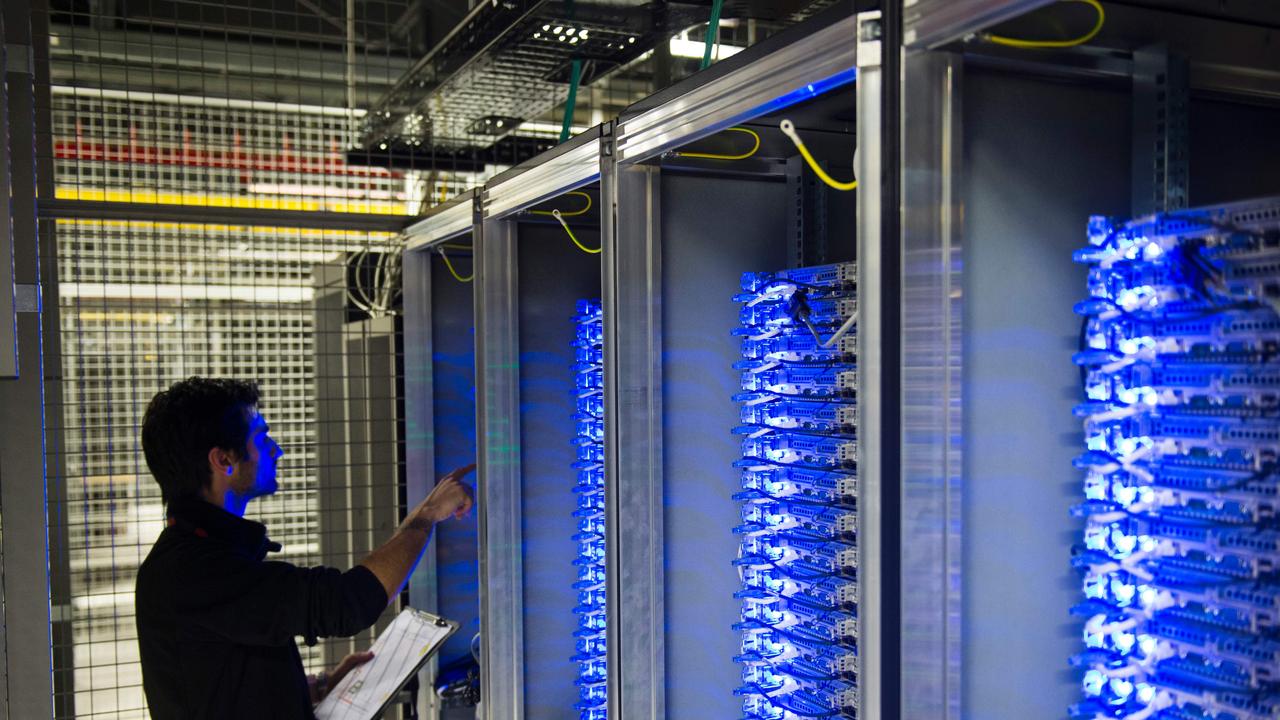Is it time for NBN Co to make fibre-to-the-curb the default option?
NBN Co is picking up the pace of its rollout, but should it make fibre-to-the-curb the default option?

NBN Co is picking up the pace of its rollout and with 450,000 premises set to sit in the Fibre to the Distribution Point (FTTdp) footprint of the National Broadband Network is it worth making it the access technology of choice?
After several reviews and lengthy delays NBN Co decided late last year that the Optus HFC network that it purchased for $800 million would not be upgraded to DOCSIS 3.1 due to the degraded state of the network. Instead 18 regions in Victoria, 21 in NSW and three in Queensland would become FTTdp regions with the rollout to commence this year.
Australian networking vendor Netcomm Wireless is supplying the one and four-port distribution point units (DPUs) to be used to connect the fibre that is run to pits in suburban streets to the copper lead-ins to homes.
The DPUs will convert from the GPON technology used in Fibre to the Premises (FTTP) to VDSL2 technology that is used in Fibre to the Node (FTTN). The key advantage of FTTdp is the fibre is run to within 80 metres of premises permitting up to 100/40 Mbps using VDSL2 over good quality copper lead-ins.
Back in 2013, when the Coalition government announced its NBN policy to use the obsolete FTTN technology to connect about 6 million premises to the NBN, I wrote about the option to use FTTdp as an alternative because for about $200 more per premises during the rollout, FTTdp provides a low cost upgrade pathway that will cost significantly more to implement later if FTTN is installed first.

Back in 2013, when the Coalition government announced its NBN policy to use the obsolete FTTN technology to connect about 6 million premises to the NBN, I wrote about the option to use FTTdp as an alternative because for about $200 more per premises during the rollout, FTTdp provides a low cost upgrade pathway that will cost significantly more to implement later if FTTN is installed first.

NBN Co confirmed late last year that the one or four-port VDSL2 DPUs can be swapped out for a one or four-port optical splitter making it possible to upgraded directly to FTTP. The cost for the upgrade would be the optical splitter, fibre lead-ins and GPON modem to premises which would cost less than $1000 based on the latest figures from New Zealand’s Chorus.
This means that homeowners that want the low latency high reliability provided by FTTP can either pay a contractor or they could self-install the fibre and pay a contractor to do the final connection in the street pit.
An enterprising NBN retail service provider (RSP) looking to get an edge over competitors could offer a NBN plan that includes an upgrade to FTTP. The additional cost of the technology upgrade, about $1000, would be included in the plan and paid for over the plan lifetime, which is typically 2-3 years.
Many Australians opt to get mobile cellular plans that include the cost of handsets, some of which are more than $1000, so it should be anticipated that RSPs will look closely at the option to include the upgrade to FTTP in the NBN plan.
A flexible variation is to install the low cost optical splitter before the VDSL2 DPU in the
street pit. With the optical splitter installed before the DPU up to three premises could swap from VDSL2 over copper to GPON over fibre before the DPU would need to be disconnected.
The additional flexibility provided by FTTdp is a major bonus and it is a wonder why NBN Co has not stopped the FTTN rollout and replaced it with FTTdp.
The argument put by NBN Co CEO Bill Morrow last year at the Senate Estimates is that the additional $200 cost per premises of running fibre to street pits would add up if 6 million premises were shifted to FTTdp. The total additional cost during the rollout would be about $1.2 — $1.5 billion.
While this might seem to be a significant increase to the NBN rollout cost, it isn’t if NBN Co was to change its business model to adopt something similar to the Chorus business model. Rather than charge a connection fee and an additional usage fee, Chorus charges a connection fee only and provides unlimited data.
What this means is that in Australia about 80 per cent of connections to the NBN are at 12/1 or 25/5 Mbps and many opt for very small data allocations due to the high cost of data. In New Zealand about 80 per cent of connections are 100/40 Mbps with unlimited data. By changing the business model used in Australia, NBN Co would recoup the $1.2 — $1.5 billion outlay for FTTdp in 2 — 3 years through additional revenue gained as more Australians shifted to 100/40 Mbps.
After loud and ongoing criticism of NBN Co’s business model by the telecommunications industry throughout 2016, it announced a review of the business model with changes to be implemented midyear.
In recent months, NBN Co have highlighted that FTTdp could be upgraded from VDSL2 to G. Fast providing up to 1 Gbps by replacing the DPUs and modems in premises without the need to install more fibre. It is possible that NBN Co will announce a FTTdp upgrade to G. Fast will become available to customers by midyear, but this would mean that those left with FTTN would be left far behind.
Mark Gregory is an Associate Professor in the School of Engineering at RMIT University.



To join the conversation, please log in. Don't have an account? Register
Join the conversation, you are commenting as Logout